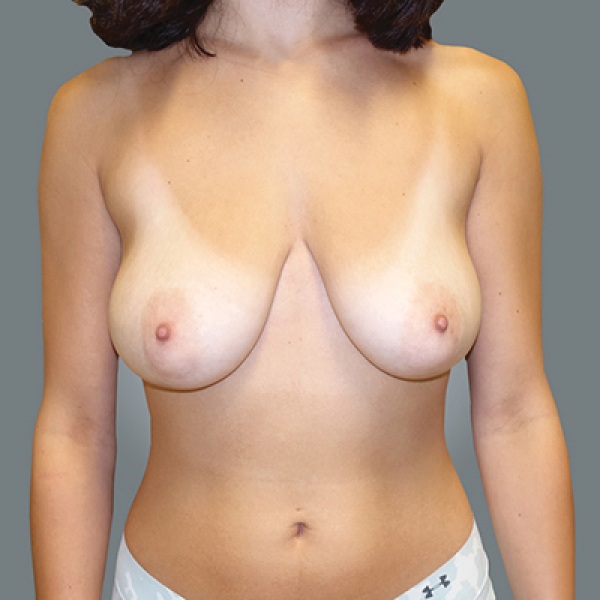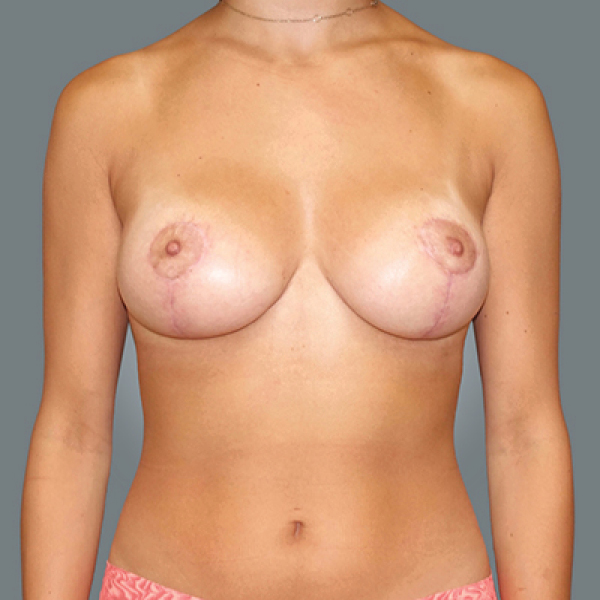When breast tissues starts to droop and sag, this results in breasts that are positioned lower on the chest wall. The nipple areolar complex may also descend and appear too low relative to the breast. We refer to this as breast ptosis, which a normal process we see during aging pregnancy, breast-feeding, weight gain/loss and hormonal changes. A breast lift by Dr Adelyn Ho can help restore a more youthful look with perkier, firmer, and uplifting breasts.
A breast lift, also known as a mastopexy, is a procedure to help address breast ptosis and recreate the appearance and feel of a more youthful breast. A breast lift removes excess skin from the breast and tightens the surrounding tissue to reshape and support the breast contour. When desired, this often involves reducing the size of the areola, as this can become stretched over time with pregnancy and breast feeding. It is also common for breast volume in the upper breast to decrease over time, and this can be addressed with both a breast augmentation and lift.

